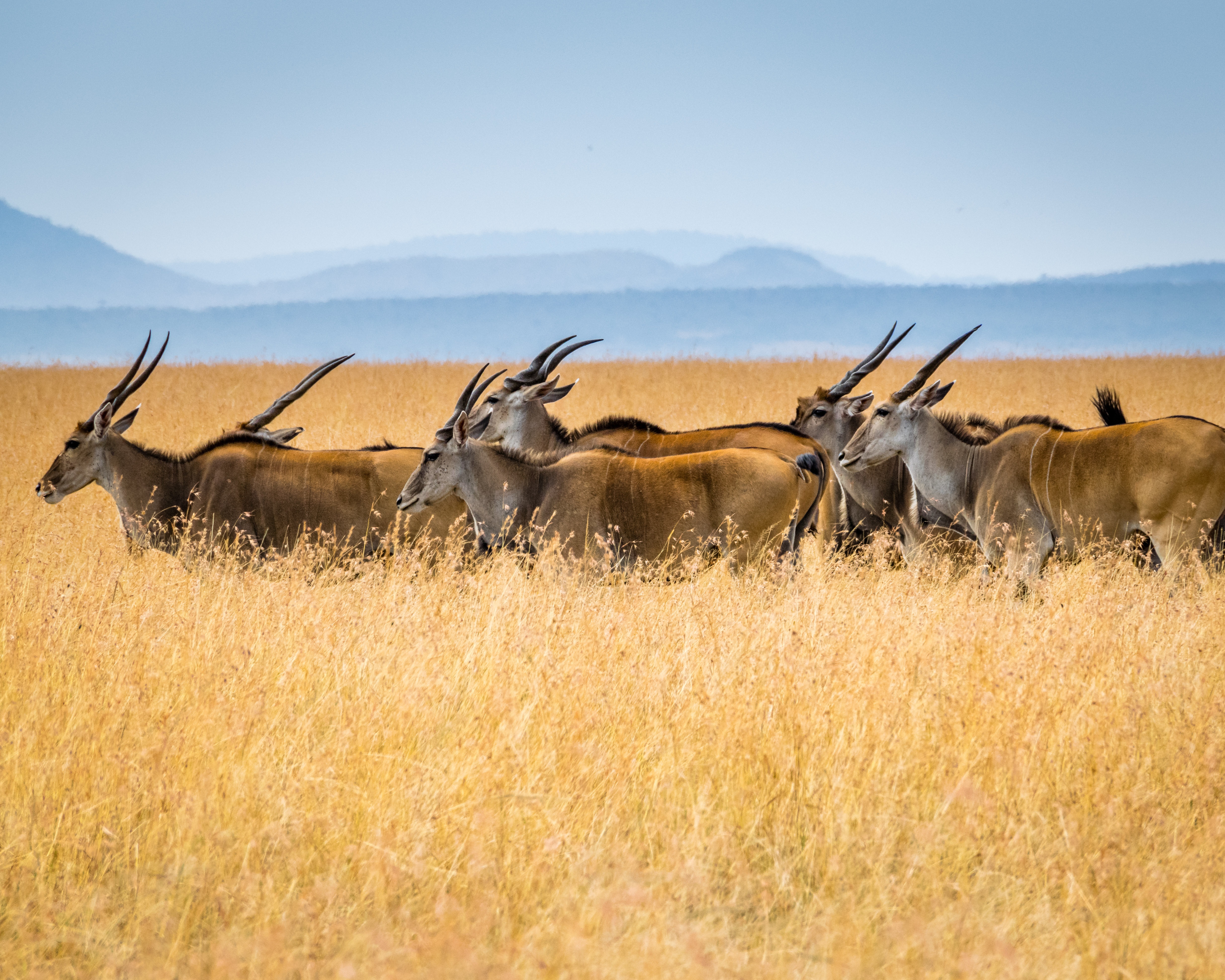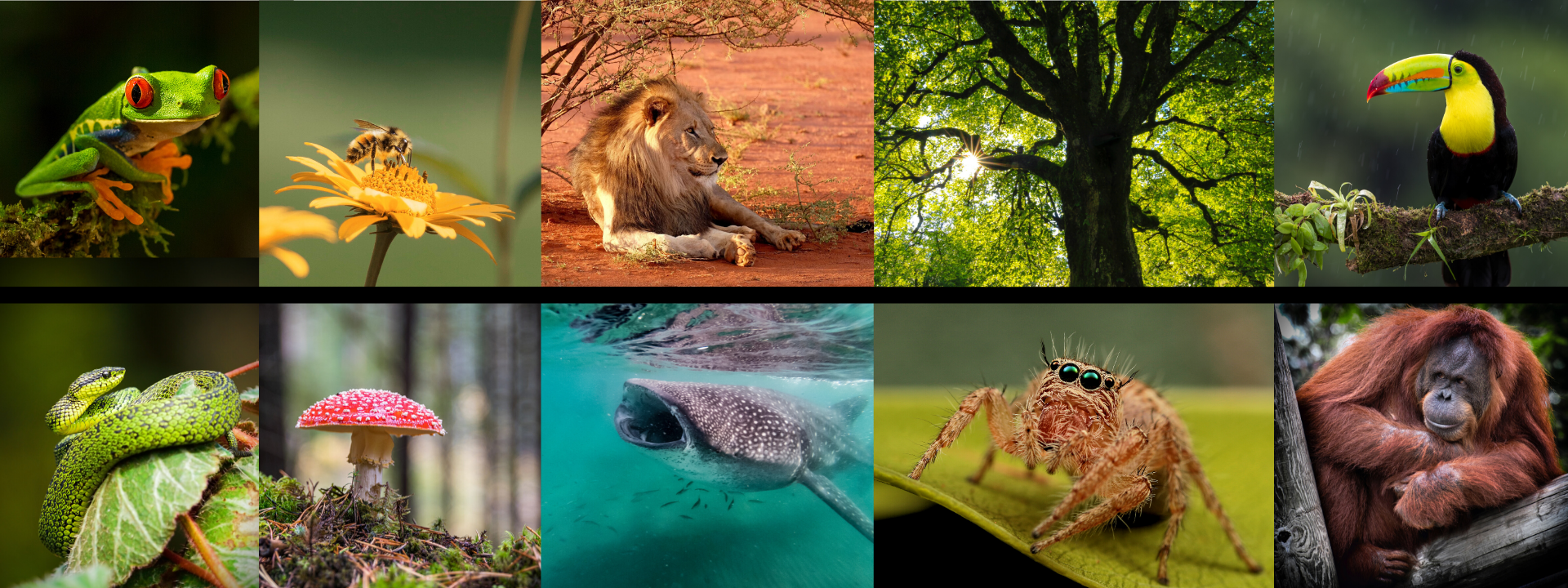
New global plan to save species must tackle population
Last week, the UN Convention on Biological Diversity published the latest draft of its Post-2020 Global Biodiversity Framework, the international plan to combat global biodiversity loss and ensure that by 2050 humans are living in harmony with nature. Population Matters Senior Campaigner Andrew Howard examines whether population issues are sufficiently dealt with.

Following the complete failure of the Aichi Targets that were set in 2010 and aimed to halt biodiversity loss by 2020, the world is in need of a new global plan for the preservation of life on Earth.
Human population growth is a major driver of biodiversity loss, primarily via the destruction of natural habitat. Through our online action, our supporters have been able to write directly to their environment ministers, urging them to ensure that positive, choice-based actions to slow population growth are included in the new plan.
Population growth
While the latest version of the Global Biodiversity Framework includes no direct reference to human population growth, it does state:
“Further, success will depend on […] addressing the full range of indirect drivers of biodiversity loss, as identified by the Global Assessment Report on Biodiversity and Ecosystem Services issued by the Intergovernmental Science-Policy Platform on Biodiversity and Ecosystem Services [IPBES], including those not directly addressed by the goals and targets of the Framework, such as demography, conflict and epidemics …”
The IPBES report, published in May 2019, identifies direct and indirect drivers of biodiversity loss, itemising population growth as one of the latter, alongside consumption patterns, technological innovation and governance.
While any action to bend the population curve downwards will not have a significant impact during the decade to 2030, the period covered by the framework’s seventeen targets, it is crucial that efforts be made now to end population growth as soon as possible to have a chance of meeting the 2050 goal of humans living in harmony with nature.
Empowering women
Population Matters welcomes the highlighting of the empowerment of women and girls as being crucial to the implementation of the Global Biodiversity Framework:
“Further, success will depend on ensuring greater gender equality and empowerment of women and girls, reducing inequalities, greater access to education, employing rights-based approaches …”
In a recent policy submission to the Convention on Biological Diversity on its draft Gender Plan of Action (GPA), Population Matters urged that the GPA address the importance of access to voluntary, human rights-based modern family planning services, if it is to support the gender-responsive implementation of the Global Biodiversity Framework.
The Sustainable Development Goals
The draft framework helpfully acknowledges its close relationship with the Sustainable Development Goals:
“The framework is a fundamental contribution to the implementation of the 2030 Agenda for Sustainable Development. At the same time, progress towards the Sustainable Development Goals will help to create the conditions necessary to implement the framework.”
The proven human rights-based policy interventions which shape future population growth are consistent with and in many cases enshrined in the Sustainable Development Goals. These include women’s empowerment and access to and uptake of modern family planning.
Overconsumption
Target 16 of the draft framework refers to overconsumption:
”Ensure that people are encouraged and enabled to make responsible choices and have access to relevant information and alternatives, taking into account cultural preferences, to reduce by at least half the waste and, where relevant the overconsumption, of food and other materials.”
The relevance of population growth as a driver of consumption must be recognised here. Population increase over the last 50 years (from 3.7 billion in 1970 to over 7.8 billion today), and predicted future growth (the UN states a median projection of 10.9 billion people by 2100) has and will drive unsustainable consumption levels.
Population growth is not something fixed, but is a factor that is variable and can be influenced through positive policy and actions aligned with the Sustainable Development Goals. The framework should therefore acknowledge that demand for food and other resources can be moderated through such actions.
While population growth is highest in the Global South, and relatively low in the Global North, consumption and resource use are far greater in the richest parts of the world. Therefore, rather than just addressing inequity and unsustainability in per capita consumption and economic activity, addressing the number of consumers in affluent countries also provides an opportunity to reduce the consequent impact on biodiversity. In this regard, the value of smaller families in rich nations must also be addressed.
National Biodiversity Strategies and Action Plans
The responsibility for enacting the Post-2020 Global Biodiversity Framework will fall in the most part to national governments through National Biodiversity Strategies and Action Plans (NBSAPs). After the framework is adopted early next year, Population Matters will work to influence selected national governments to integrate policies concerning popualtion growth.
Take Action!

If you haven’t already, please write to your country’s environment minister, urging them to push for the inclusion of empowering population solutions in the Post-2020 Framework!


